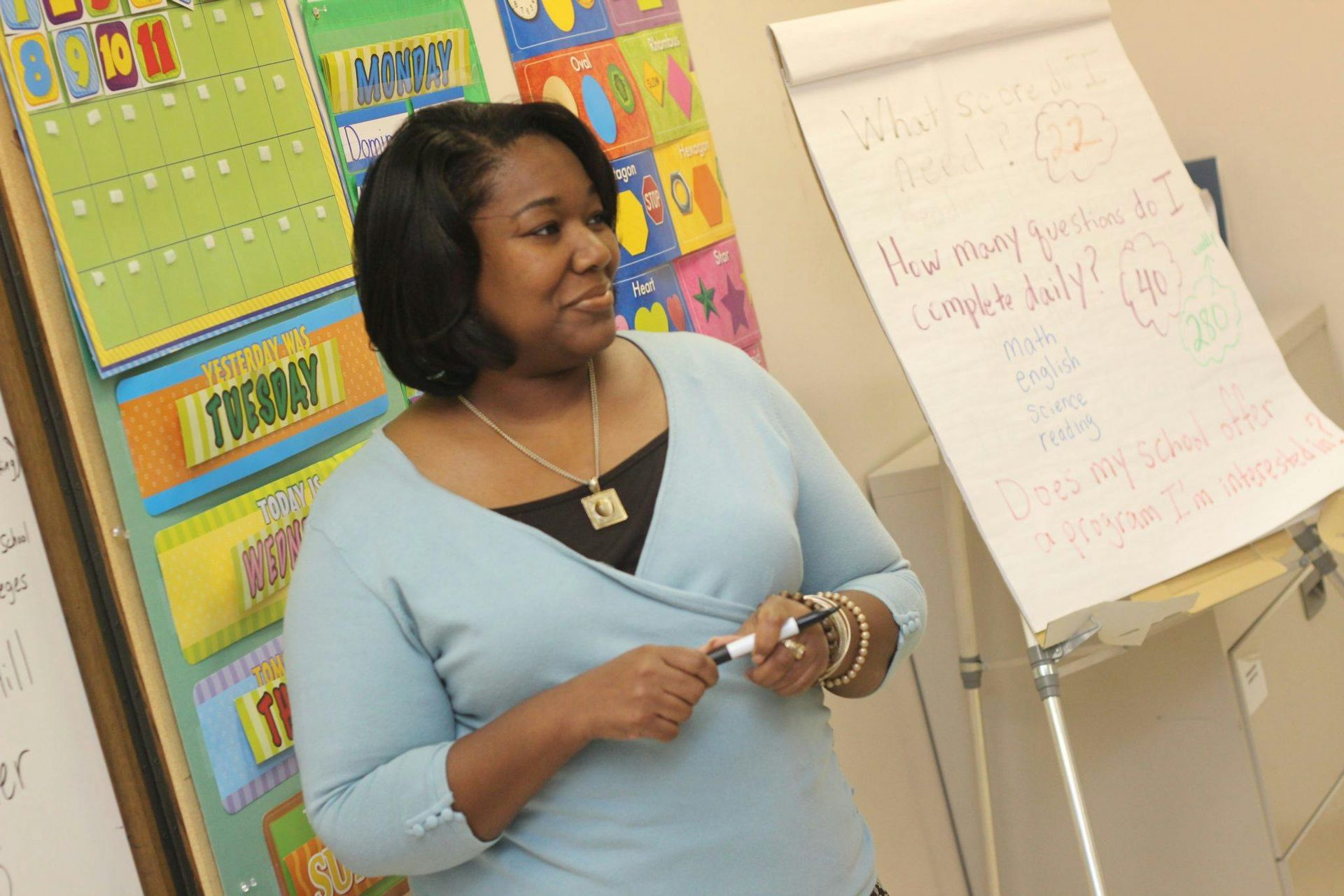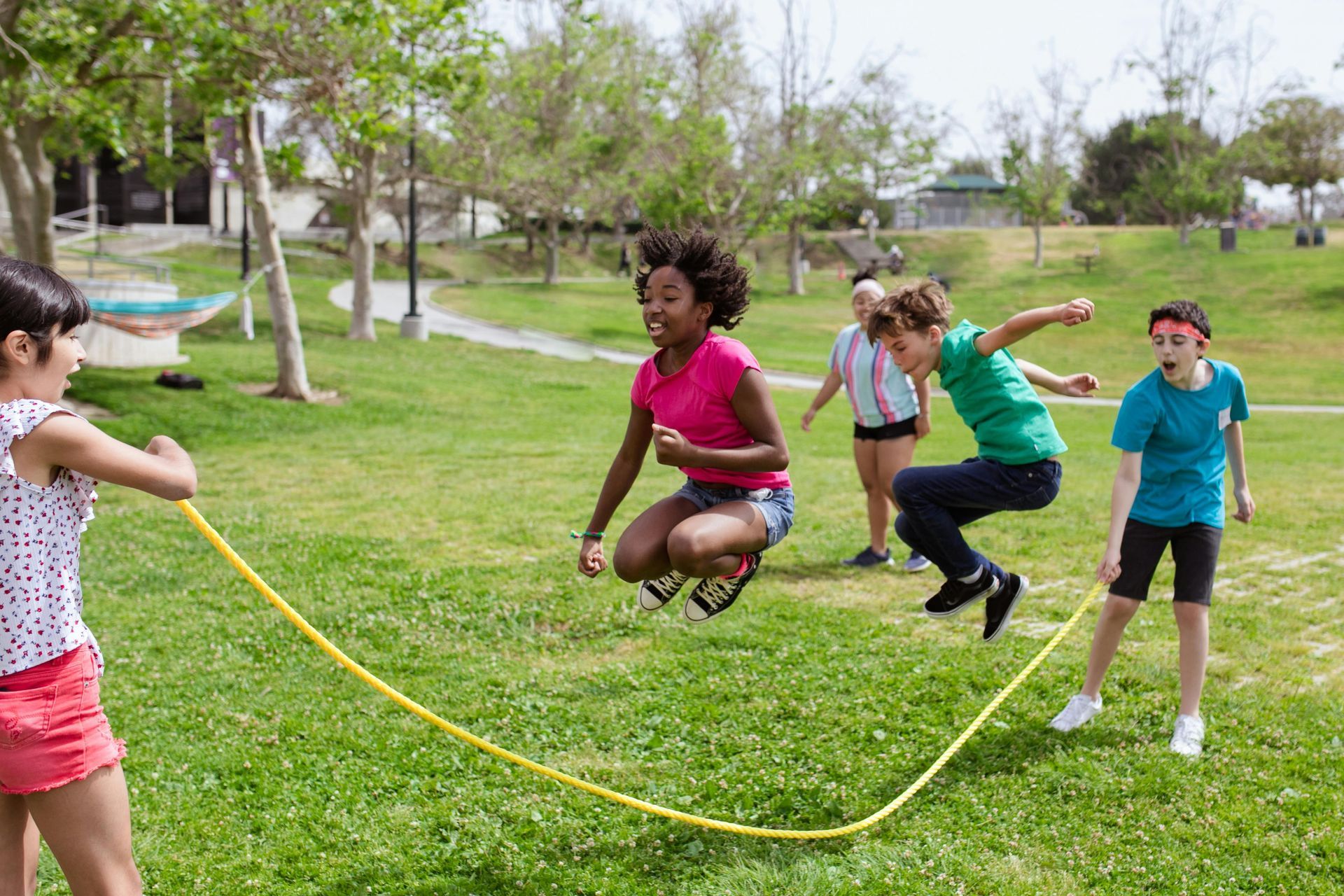How Schools Can Fight Human Trafficking In The Classroom🦋
Human trafficking is the act of using coercion, lies, threats, or use of force to push people into illegal labor or sexual acts. It can happen anywhere, including in Michigan schools and communities, to both adults and kids.
When it comes to protecting kids from trafficking, schools play an important role in identifying and reporting this crime. Educating students and staff is a major step in helping them understanding how to fight human trafficking in the classroom.
Keep reading to learn how education and awareness in schools and classrooms across Michigan can help combat trafficking.
Key Takeaways
- Thousands of children in the U.S. are at risk of child exploitation and labor trafficking every year.
- Schools can do their part to fight human trafficking by incorporating age-appropriate lessons, teaching students to catch warning signs of trafficking, and including survivor stories within the curriculum.
- Schools can bring more awareness by educating their teachers through special training from programs like SOAR to Health and Wellness to learn how to identify victims and respond effectively.
- Anonymous reporting systems make it safe and easy to report potential trafficking activity.
- Collaborating with local law enforcement and anti-trafficking groups like Hope Against Trafficking increases resources for prevention and trafficking response in schools.
Educating Students About Human Trafficking
To begin to combat human trafficking, we need to teach students about this topic in clear and age-appropriate ways.
Integrating age-appropriate lessons into the curriculum
Schools play a key role in fighting trafficking. Here are a few ways teachers can make a difference by educating their students.
- Start with basics in early education, and focus on the importance of respecting others and understanding freedom.
- Share stories of human trafficking survivors for middle school age students. This method makes this issue real, but also keeps it age-appropriate.
- Teachers can utilize resources from the Department of Justice for high school students, which can help debunk myths like "only women are victims."
- Emphasize to students that victims can be from any background. This helps them understand that trafficking is not limited to one stereotype or person.
- Talk about how their spending habits can impact forced labor and trafficking situations. For example, having students consider where their food and clothes come from.
- Invite local law enforcement and survivors to speak at school assemblies or classes, creating a clear connection to trafficking.
- Educate students on how to recognize red flags within their communities. Share the National Human Trafficking Hotline as a resource.
- Create projects or assignments that allow students to explore anti-trafficking efforts, such as campaigns or social media awareness.
- Emphasize the importance of
privacy online, and how traffickers may use social media to lure in victims through false promises.
Through simple education, teachers can bring awareness to trafficking and empower Michigan's youth to fight back effectively.
Teaching students to recognize red flags and warning signs
Incorporating age-appropriate lessons into classroom curriculum can begin to give students a better understanding of what to watch out when it comes to human trafficking victims.
Teach kids to be wary of offers that sound too good to be true, if someone tries to isolate them or other students from their family members or friends, or starts tracking their actions.
These are common tactics used by traffickers and may lead to commercial sexual exploitation or debt bondage.
Traffickers often exploit fear, language barriers, immigration status or family ties to control their victims.
In a large number of child trafficking cases, it's been found that the trafficker is not a stranger but someone the victim already knows well, often a family member or intimate partner.
Kids should understand that child sex trafficking can happen anywhere, not just in fake massage parlors, hotels, truck stops, strip clubs, or on the streets.
Training Teachers and Staff
School staff play an essential role in noticing signs of human trafficking and responding quickly.
Providing training on identifying and responding to trafficking
Here's what schools and their staff need to know about identifying and responding appropriately to trafficking:
- Schools can access special training courses for educators and law enforcement on the TIP Office website. These human trafficking resources will improve your ability to spot warning signs of trafficking.
- The SOAR to Health and Wellness National Training Program also has a resource center that educates professionals on how to identify and help victims of human trafficking.
- All teachers and school staff must learn the warning signs and know how to report human trafficking. Being able to spot these signs can save lives.
- Building awareness and education around trafficking, as well as staying vigilant are all key steps in prevention.
- Students and teachers should all be aware of the
National Human Trafficking Hotline, which provides immediate help and guidance for those who come across potential trafficking situations.
By educating yourself and others, you can become empowered and make a difference in fighting trafficking from within your community.
Building a Safe and Supportive School Environment
Creating a safe school environment requires having both anonymous reporting systems and support networks.
Creating anonymous reporting systems and support networks
Schools can do their part to implement anonymous reporting systems and support networks in order to protect students from trafficking risks.
- Schools must create accessible methods where students can anonymously report suspicious activity. This will encourage students to speak up without worrying about retaliation or judgment.
- Staff members should be trained on how to handle these reports effectively. This training will ensure they take quick action when they receive sensitive information.
- Schools should partner with law enforcement agencies and anti-trafficking organizations like Hope Against Trafficking in Pontiac, Michigan. These partnerships provide resources and insights into best practices for creating safe environments.
- They should also build
support networks within the school community for survivors of human trafficking and more vulnerable youth to protect them.
These steps will create a more safe environment where every student can thrive without the fear of exploitation or danger.
Protect Students From Trafficking
Schools, staff, educators, and students, can all play a part in the fight against human trafficking. Through education and awareness, both students and teachers can feel confident standing up and taking action if they see something out of the ordinary.
Community engagement creates a supportive environment where everyone can contribute to safer classrooms in Michigan. To get involved and learn more, visit the Hope Against Trafficking website.
FAQs
1. What steps can schools take to help stop human trafficking in the classroom?
Schools can train their teachers and staff to spot signs of involuntary servitude, child abuse, or commercial sex acts. Teachers can help educate students with age appropriate lessons so they know what to watch out for too. Schools should provide safety planning and have case management resources prepared.
2. How do teachers report a suspected victim of human trafficking?
Teachers must contact their administration based on school protocol. Local law enforcement or 911 should be contacted, or administration can also call the emergency phone number for the National Human Trafficking Hotline.
3. How does data collection help fight child labor and human traffickers?
Collecting data around exploited children in trafficking situations can help identify trends, monitor cases, and improve responses. The Technical Assistance Center and State Department also use this data to design better human trafficking laws and guide anti-human trafficking efforts.
4. What training is available for school staff on combating trafficking?
The U.S. Attorney General’s office offers Human Trafficking Training in the form of online videos you can access. Nonprofit organizations and anti-trafficking groups also often teach workshops on case management, safety planning, and child abuse prevention.







